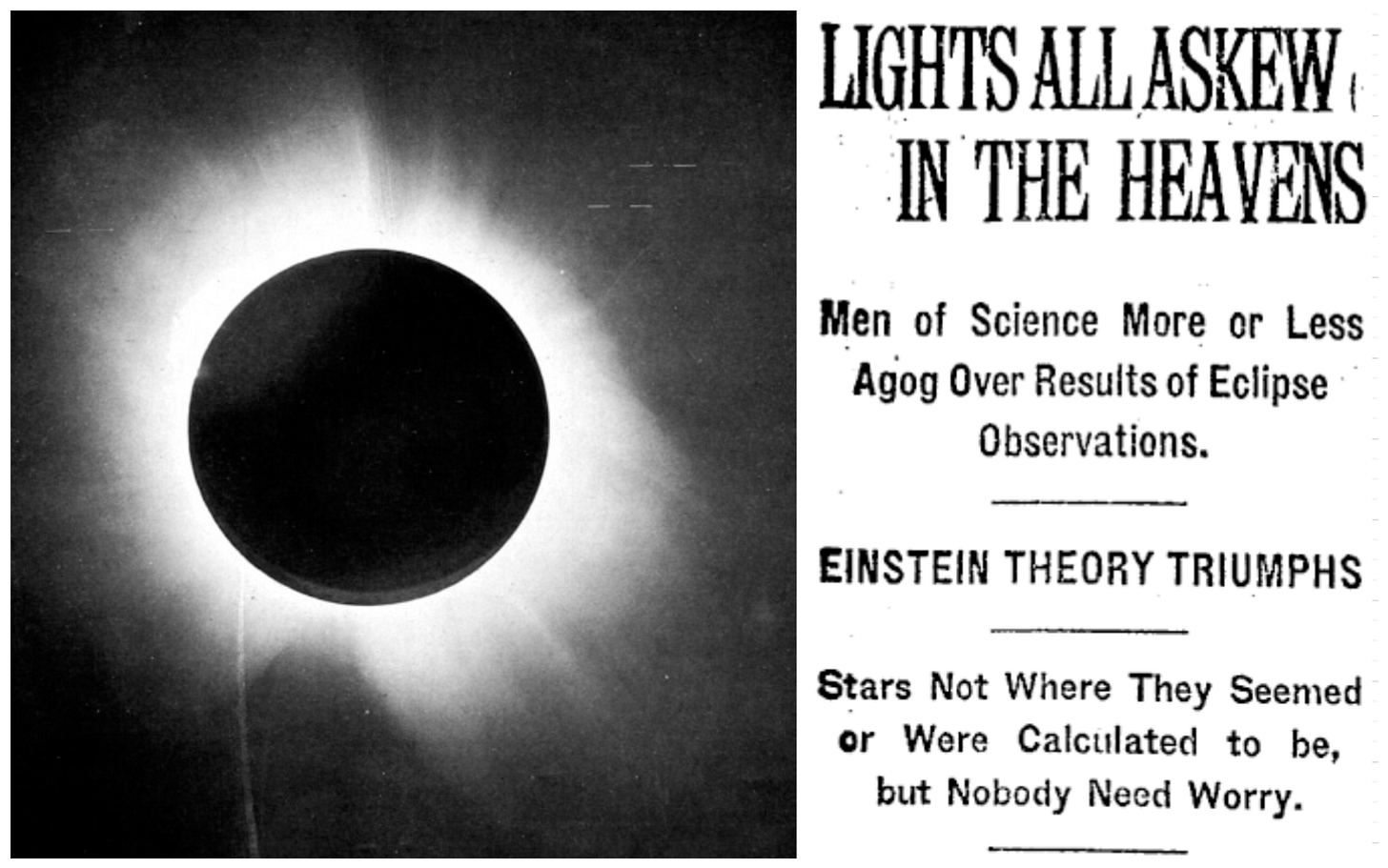On Progress and Revolution in Physics
Thoughts on the nature of science
Speaking generally, we might say science progresses in two distinct ways.
The first, and more common, is progress by accumulation. Year by year we learn a little more about the world – an experiment here, a discovery there – and in doing so we gradually put flesh on the bones of scientific theory. The result, given enough time, should be a relatively complete picture of the world. Perhaps not a fully correct one, but a picture that nonetheless allows us to make predictions about what will happen if we do one thing or another.
The second, and far rarer, is progress by revolution. Scientific revolutions, when they happen, are nothing less than a full rewriting of the laws of science; the laying down, in essence, of a new set of bones upon which to make future progress.
At first these bones can look woefully skinny. Copernicus, after throwing out the Aristotelian model, struggled to predict anything about how the planets would actually move. Einstein, after unveiling his theories of relativity, couldn’t say much about what they really meant for the world we live in.
But fortunately, once a revolution has taken place and after it has been widely accepted, the first process takes over again. The ideas sketched out by the pioneer offer a framework upon which new knowledge can accumulate. Copernicus and Einstein – brave geniuses both – each laid out a broad new vision of how nature works. But it was the work of many others to fill in the details and flesh out the theories over the following decades and centuries.
An obvious question is whether this process can ever end – a question, I suppose, which is equivalent to asking if we can ever “complete” science. Clearly we aren’t there yet. The frameworks we have in physics, for example, have been deeply fleshed out, but still contain glaring omissions and some worrying contradictions.
But that doesn’t mean we won’t get there. One day a new revolution will take place in physics. Our modern theories and models will be cast aside and replaced with something simpler and more elegant. But whether that will be the end point – the ultimate theory of physics – or simply another waypoint on a potentially endless road, is impossible to say.
Indeed, there are some good reasons for thinking any theory we conceive will struggle to encompass all of reality. Fundamentally nature may not work in a way that can, in all its exquisite detail, be captured by equations and numbers. If so, all frameworks and theories will be inevitably flawed, though some may, in time, prove more useful than others.
In the end, I suspect, this boils down to philosophical questions about the nature of objective reality, and whether such a thing as “objective truth” even exists. If it does, then a final theory might still emerge. If it doesn’t, then science is doomed to an eternal process of building up and casting aside. Either way, scientists in every discipline have plenty of work ahead of them.
Where We Are Now
Modern physics is built around two separate frameworks. One, that of general relativity, speaks of the cosmos as a whole. It lays out the rules by which matter and energy dance on the largest of scales. Over time it has been complemented by something called Lambda-CDM, a model that describes what our universe actually looks like and what it contains.

